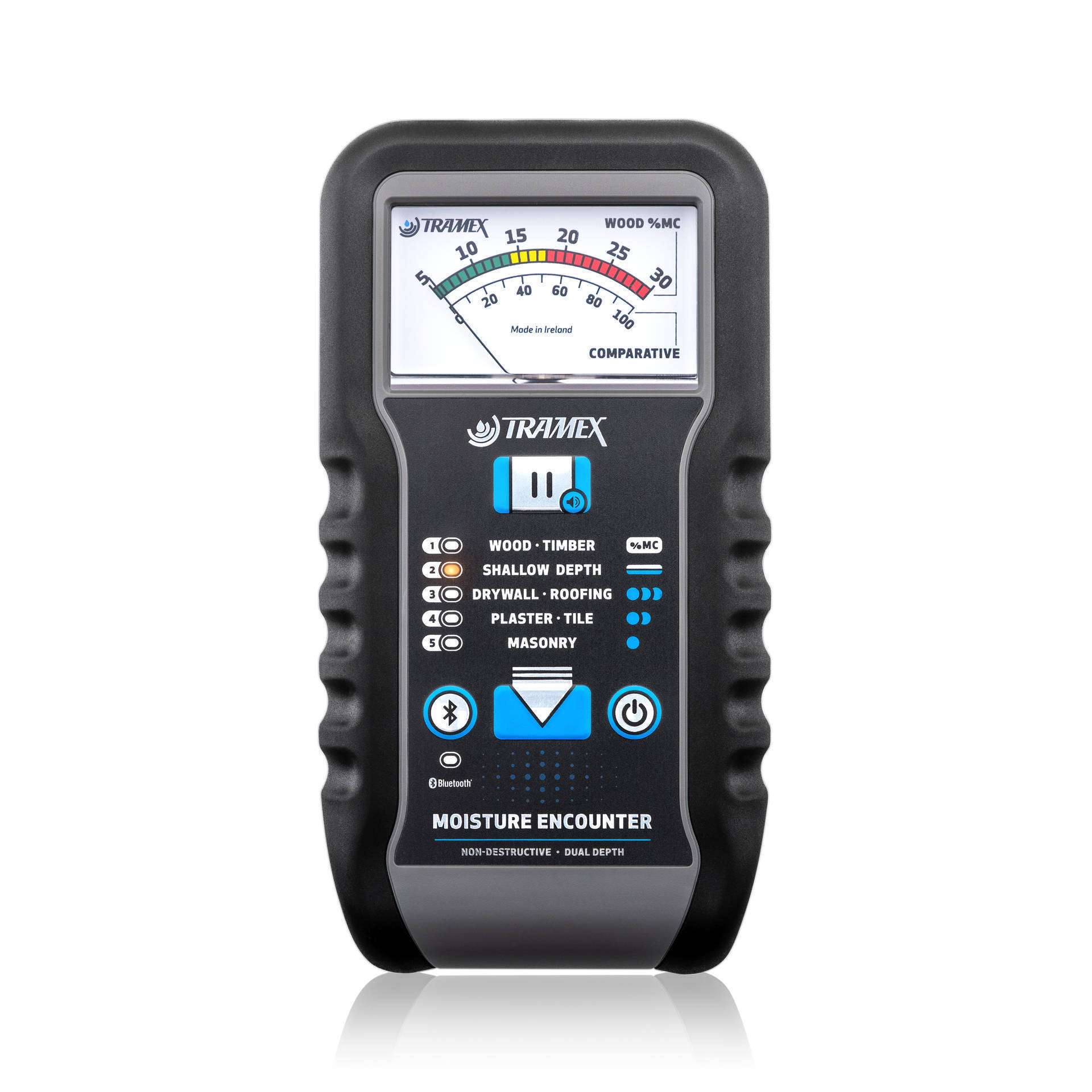Explore the World of Moisture Meters: Every Little Thing You Required to Know
In the realm of wetness meters exists a world of precision and usefulness that commonly goes unnoticed. Comprehending exactly how moisture meters operate, the different kinds available, and their diverse usages can shed light on their value in ensuring high quality and performance.
Exactly How Moisture Meters Work
Moisture meters operate by determining the electric conductivity or capacitance of products to identify the wetness web content present. These meters are vital devices across different industries, consisting of farming, woodworking, and construction. By making use of different techniques such as pinless or pin-type technology, wetness meters give exact analyses that aid professionals make notified decisions.
Pin-type dampness meters function by putting the sharp pins right into the product being examined. The electric conductivity in between the pins is after that measured, with greater dampness degrees leading to increased conductivity. Moisture Meter. On the other hand, pinless moisture meters use electromagnetic signals to scan a larger area without causing any damages to the product's surface area. These meters are excellent for promptly analyzing dampness degrees in big areas or completed products.
Despite the method used, dampness meters play a crucial duty in stopping problems such as mold and mildew growth, structural damage, or item problems brought on by excess dampness. Recognizing exactly how these meters job is essential for guaranteeing the high quality and integrity of products in different applications.
Sorts Of Moisture Meters
Offered the important role dampness meters play in various sectors, it is necessary to understand the various types readily available to professionals for properly evaluating dampness levels - Moisture Meter. There are primarily 2 main kinds of moisture meters: pinless and pin-type moisture meters

On the various other hand, pinless wetness meters make use of electromagnetic sensing unit plates to scan a bigger area of the product without causing any kind of damage. This kind appropriates for quickly scanning big locations and is typically made use of for flooring, wall surfaces, and ceilings. Pinless meters are convenient for taking readings on completed surface areas without leaving any kind of visible marks.
Both kinds of moisture meters have their advantages and are picked based on the certain needs of the job handy. Comprehending the distinctions between these types is crucial for experts to make exact dampness assessments.
Applications Throughout Industries
Building and construction experts rely on wetness meters to assess the dampness levels in structure products like concrete, wood, and drywall, which is crucial for preserving structural stability and preventing problems like rot or mold. The floor covering sector uses dampness meters to measure the wetness content in subfloors before mounting various floor treatments, avoiding pricey problems due to excess wetness. In the food sector, moisture meters are used to keep an eye on and control moisture levels in items such as grains, nuts, and dried out fruits to maintain quality and high quality.
Tips for Using Moisture Meters
Make use of the dampness meter's calibration web link setups to make certain exact analyses when determining the wetness material in different materials. Additionally, make sure the meter is set to the correct moisture range for the product you are gauging to acquire the most exact results.
When using a pin-type moisture meter, put the pins to the ideal deepness suggested for the material being evaluated. This ensures that the dampness analyses are drawn from the appropriate depth within the product, supplying a much more exact depiction of its dampness material. For pinless moisture meters, bear in mind to keep appropriate contact with the product's surface to get reliable analyses.
Routinely examine and replace the batteries in your dampness meter to stop inaccurate analyses due to reduced power. Shop the meter in a risk-free and completely dry area when not in use to lengthen its lifespan and preserve its precision. By complying with these tips, you can maximize the performance of your dampness meter and obtain exact dampness content measurements throughout various materials.
Maintenance and Calibration
To make certain the precision of dampness web content dimensions, routine upkeep and calibration of the wetness meter are crucial actions in its appropriate performance. Calibration this content changes the moisture meter to guarantee that it offers consistent and dependable results.
Calibration ought to be carried out periodically, especially if the dampness meter is made use of often or in vital applications where accurate measurements are called for. Lots of wetness meters come with calibration devices or can be adjusted by expert services. Moisture Meter. It is advised to maintain a log of calibration dates and results to track the performance of the dampness meter in time. By calibrating the dampness and keeping meter consistently, individuals can trust the precision of the wetness content dimensions obtained.
Verdict

In verdict, moisture meters play a critical duty in different industries by properly gauging the moisture material of materials. Comprehending how these gadgets work, the various types readily available, and correct upkeep and calibration are crucial for obtaining reliable outcomes. Whether in agriculture, building, or manufacturing, using dampness meters assists guarantee top quality control and performance in procedures.

In conclusion, dampness meters play a vital role in numerous sectors by accurately determining the wetness content of products.